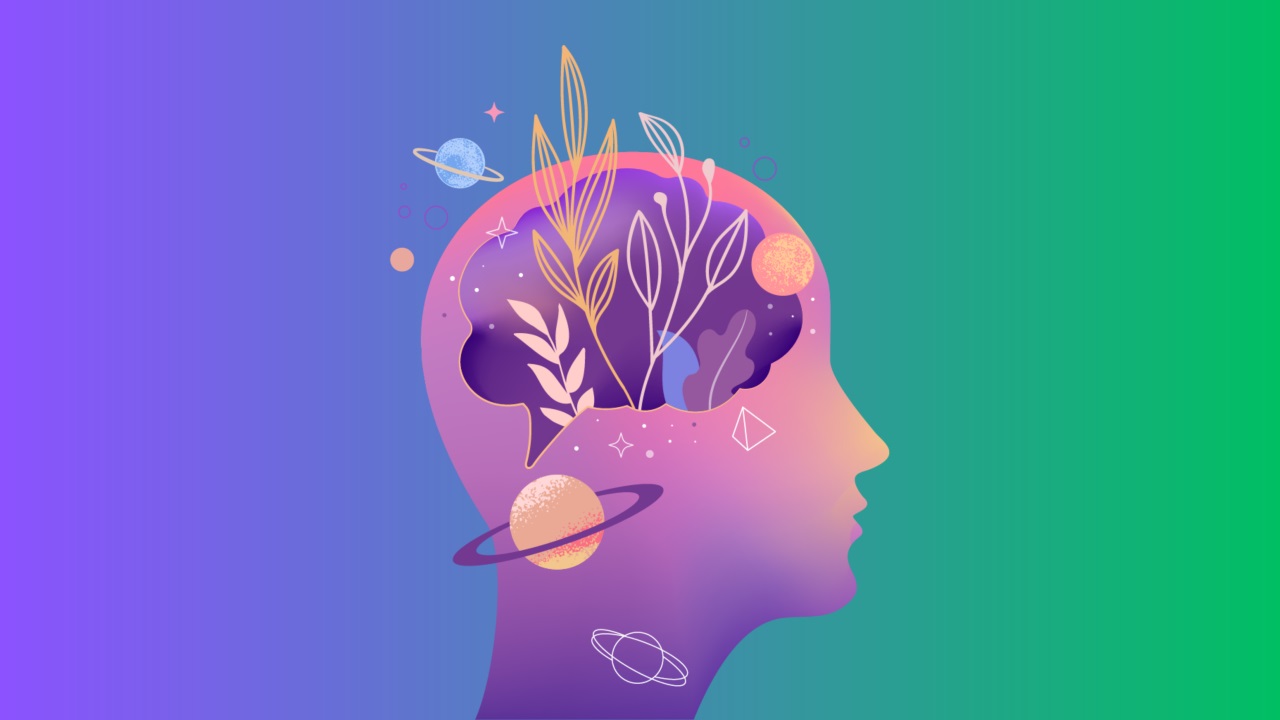For millennia, people have been captivated by dreams. Oneirology, the study of dream interpretation, aims to reveal the deeper significance of these mysterious nighttime encounters. Several common themes and symbols are regularly addressed, however, Dream interpretation (ทำนายความฝันทํานายฝัน, which is the term in Thai) is subjective and usually differs based on personal beliefs and cultural influences.
Let us unfurl the mysteries of dream interpretations.
Personal Symbolism
Dreams are very personal and frequently represent the ideas, feelings, and experiences of the dreamer. Dream interpretation is the process of recognizing and interpreting personal symbolism. For instance, seeing certain persons, animals, or items in a dream may have symbolic meanings connected to the dreamer’s connections, life, or underlying aspirations.
Archetypal Symbols
In the field of dream interpretation, some themes and symbols are universal beyond cultural and temporal boundaries, generating archetypal symbols. The notion of archetypes was first proposed by renowned psychologist Carl Jung, who postulated that symbols such as the shadow, the anima/animus, and the hero symbolize common human experiences. To glean deeper meanings from dreams, dream analysts frequently investigate these archetypes.
Emotions And Feelings
Dream interpretation frequently entails analyzing the dream’s emotional undertone because dreams and emotions are intimately related. Dream emotions—whether they be happy, fearful, anxious, or depressing—offer important insights into the mental and emotional health of the dreamer. A more complex interpretation is facilitated by an understanding of these emotions.
Recurring Dreams
Dream interpreters are particularly fascinated with recurring dreams, which are experienced regularly throughout time. These dreams might be an indication of unsolved problems, unspoken anxieties, or recurring ideas. Examining the themes and patterns in recurrent dreams might shed light on parts of the dreamer’s life that need to be resolved or attended to.
Cultural And Symbolic Context
Dream interpretation is impacted by culture since various civilizations may have different symbols and meanings. An animal that is seen as a favorable emblem in one culture could be associated with a different meaning in another. Comprehending the cultural and symbolic milieu is crucial for a thorough analysis of dreams.
To Sum Up
Although dream interpretation offers an intriguing perspective for delving into the depths of the subconscious, it’s critical to approach the discipline with an open mind and an understanding of its subjectivity. The several fields of study that inform dream interpretation range from psychological viewpoints to spiritual or religious convictions. In the end, deciphering the riddles of dreams offers important insights into the complex inner workings of the human brain and adds a degree of self-discovery.









